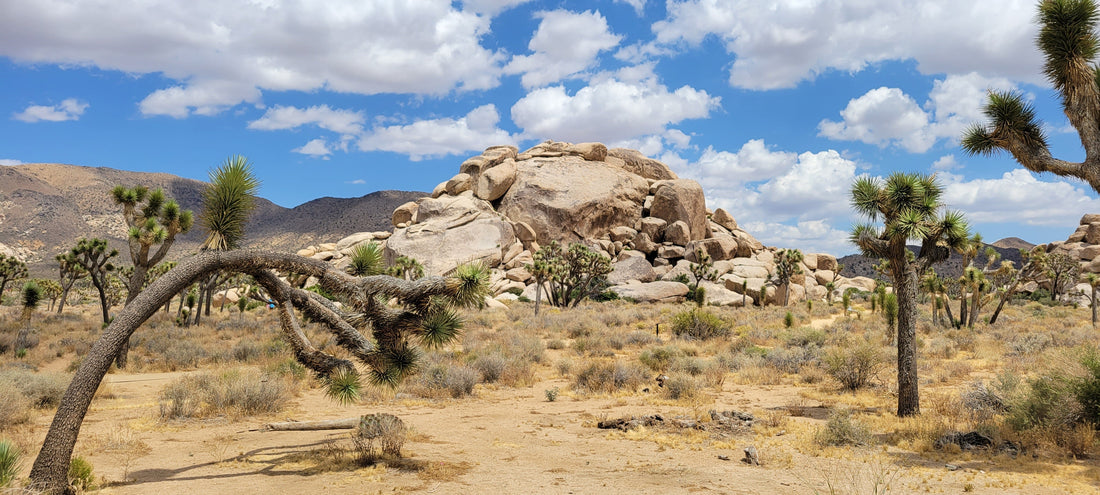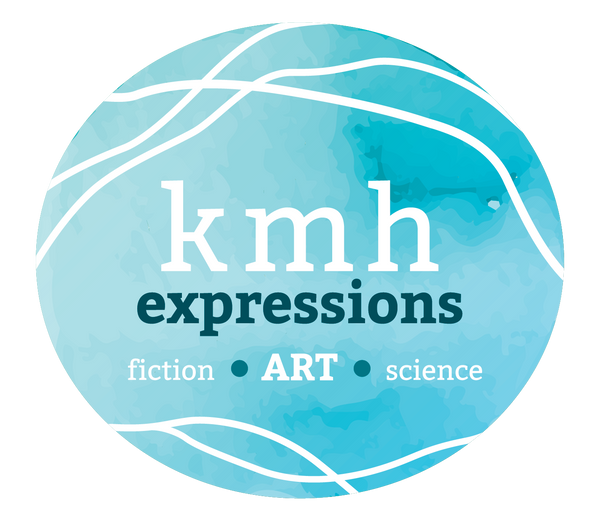
Travel Tuesdays: Joshua Tree National Park
Share
Last week, I talked about one type of iconic desert flora, saguaros. This week, it's on to another unique and localized desert plant: Joshua Tree National Park. Much like saguaros are only found in the Sonoran desert, Joshua trees are found in the Mojave, with a few exceptions. (There is a small stretch of Arizona that is host to a Joshua tree forest. No park services here, but it does make for stunning scenery.)
Close to the southern California population sprawls of LA and San Diego, Joshua Tree gets a lot of visitors in the cooler months. We found ourselves there at the end of a long summer road trip, and still found some parking lots rather full. Thankfully, the desert hadn't fully kicked into summer temperatures just yet, so we enjoyed walking through the trees and climbing the boulder fields.
Joshua Tree National Park has two primary areas: the iconic Joshua tree studded stretches, and then a high Mojave desert space that also includes just the smallest little parcel of Sonoran desert, creating a neat juxtaposition of Joshua trees with the familiar cholla cacti and ocotillo plants I see in my backyard.
I have long considered the desert my preferred environment. There's something about how adaptive the flora and fauna are to such a harsh and stark environment that fascinates me. Having all of that in the remarkable boulder fields and mountain foothills of Joshua Tree makes this a perfect park for me. With Palm Springs nearby for creature comforts, I have many a trip mapped out for me to wander the park, do some painting, and just soak up the mysteries of the desert.
